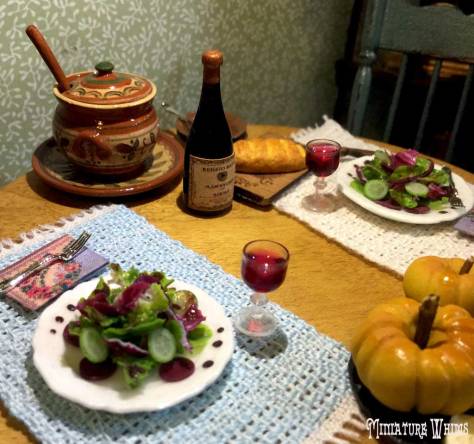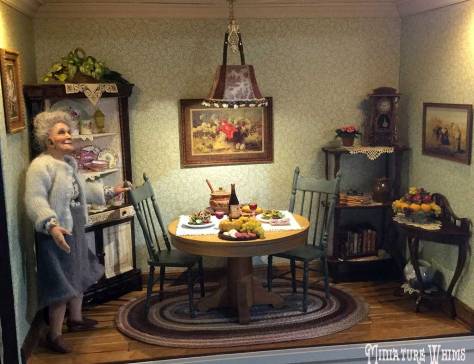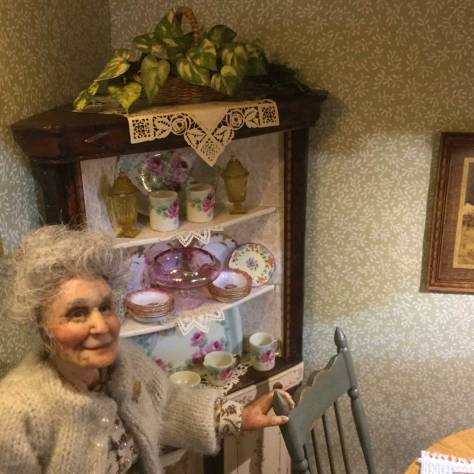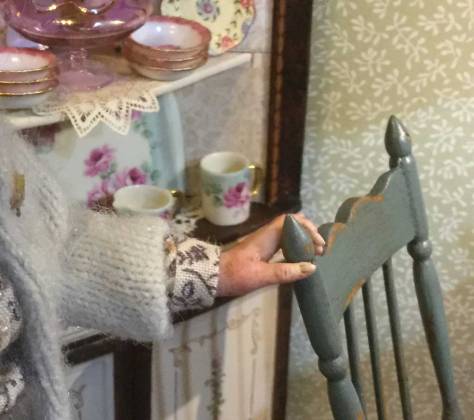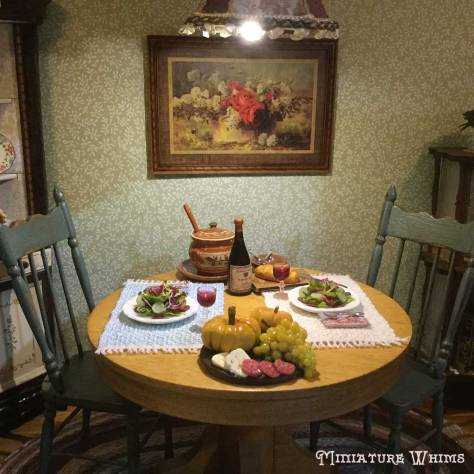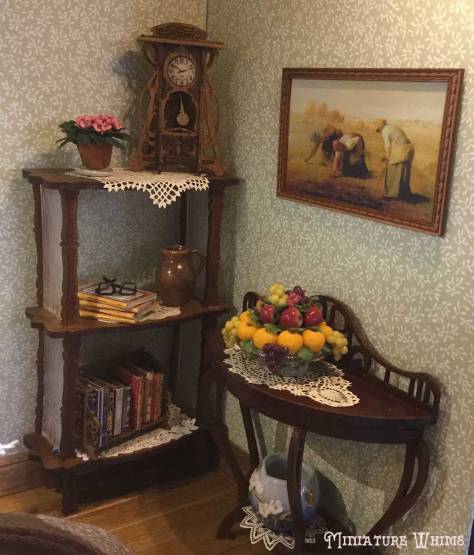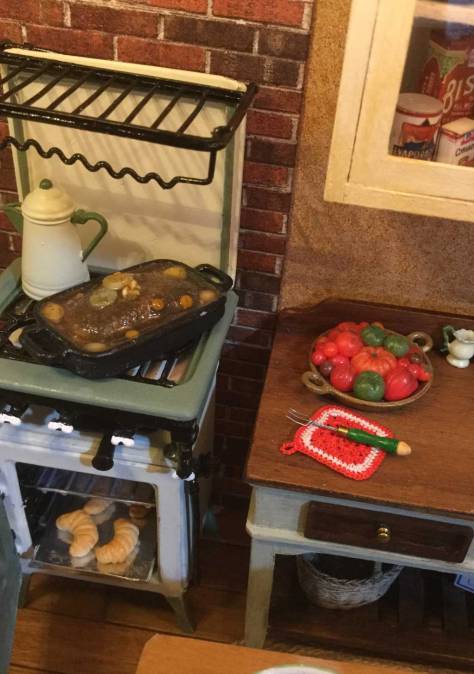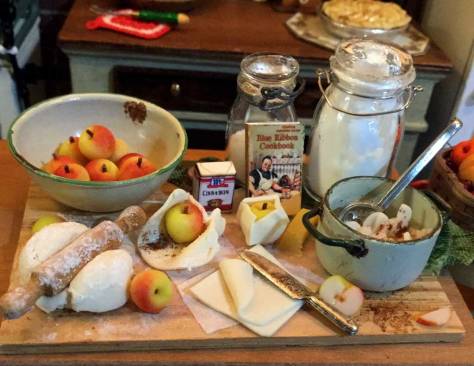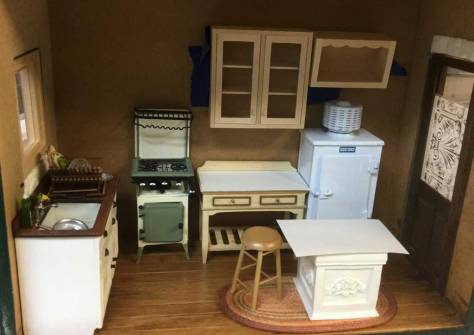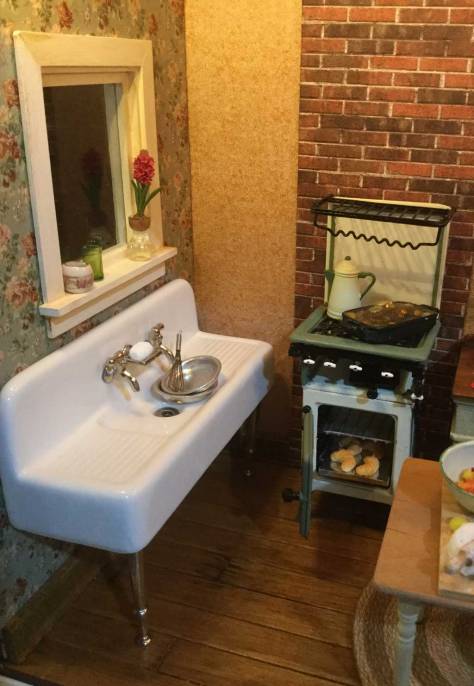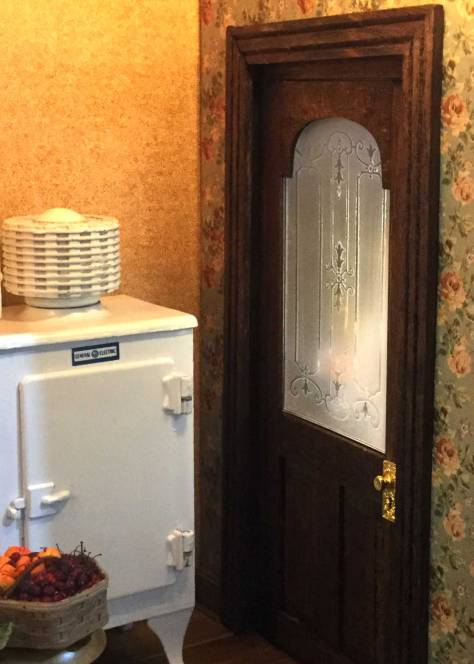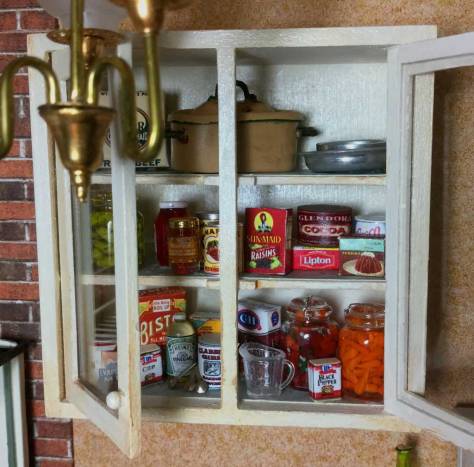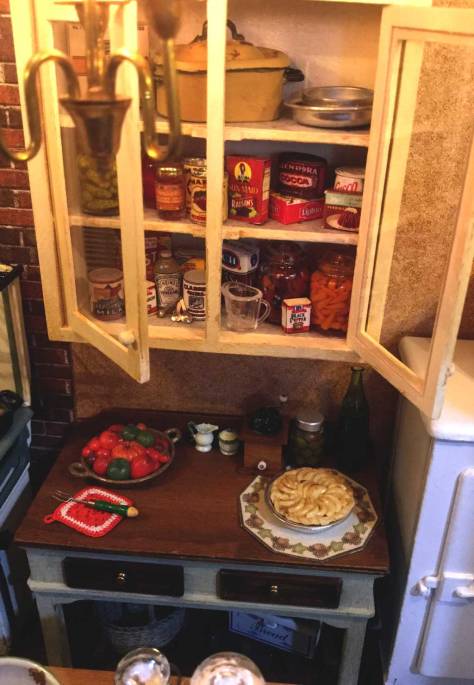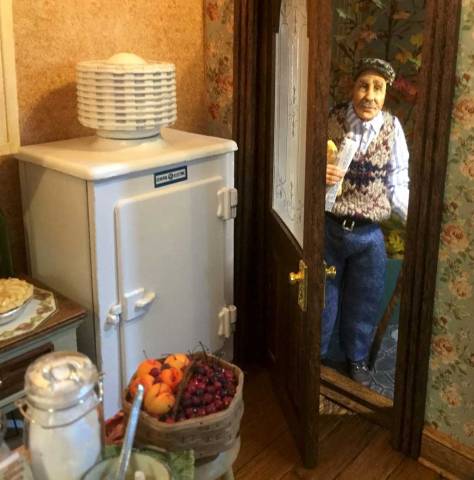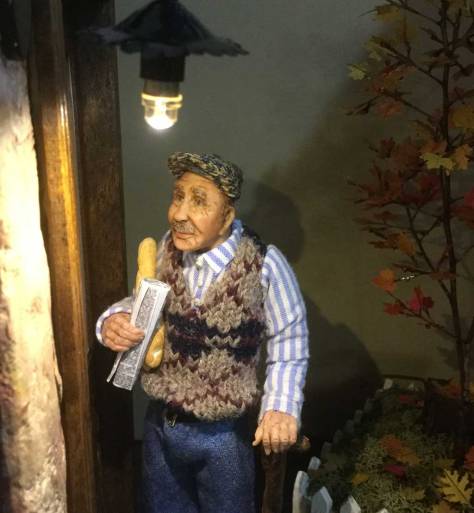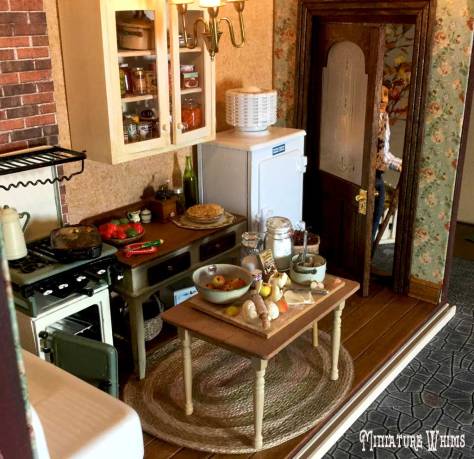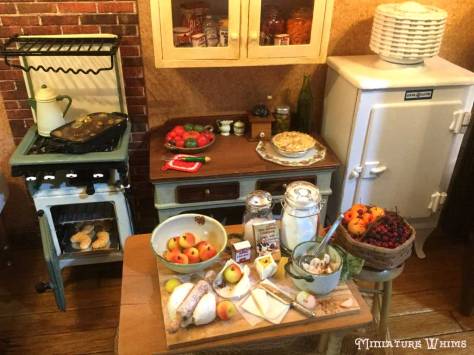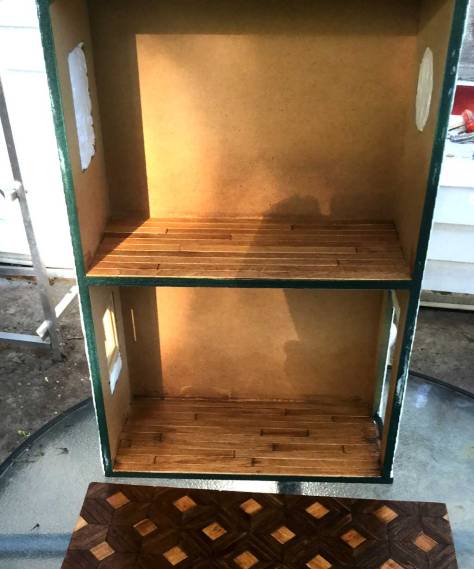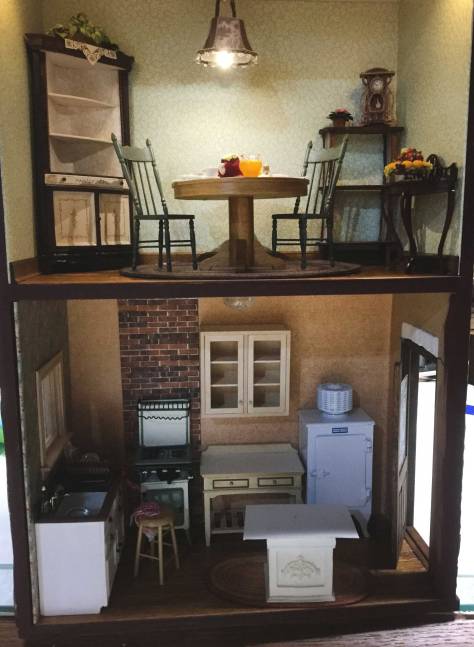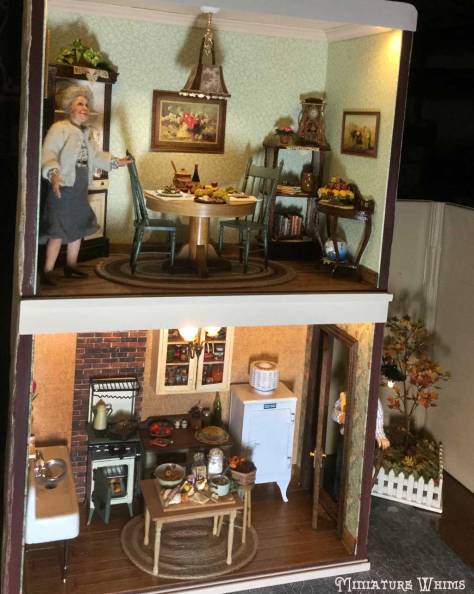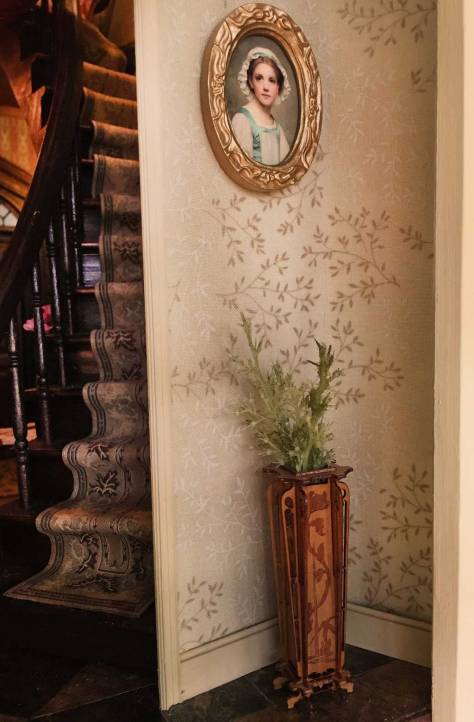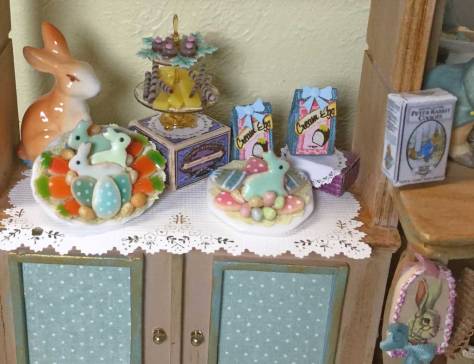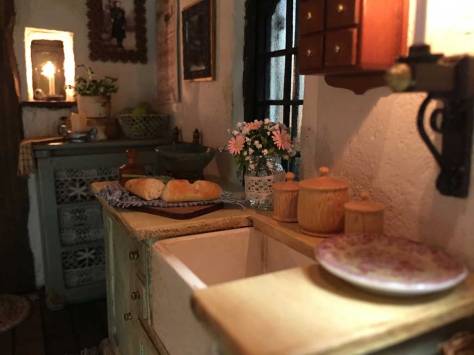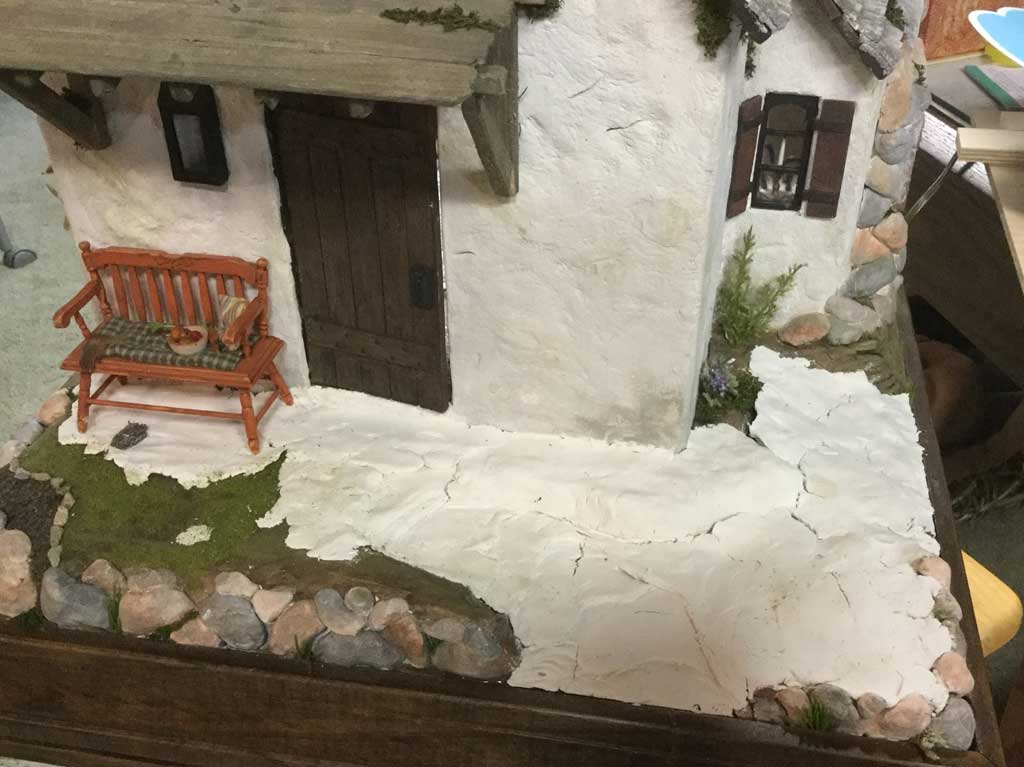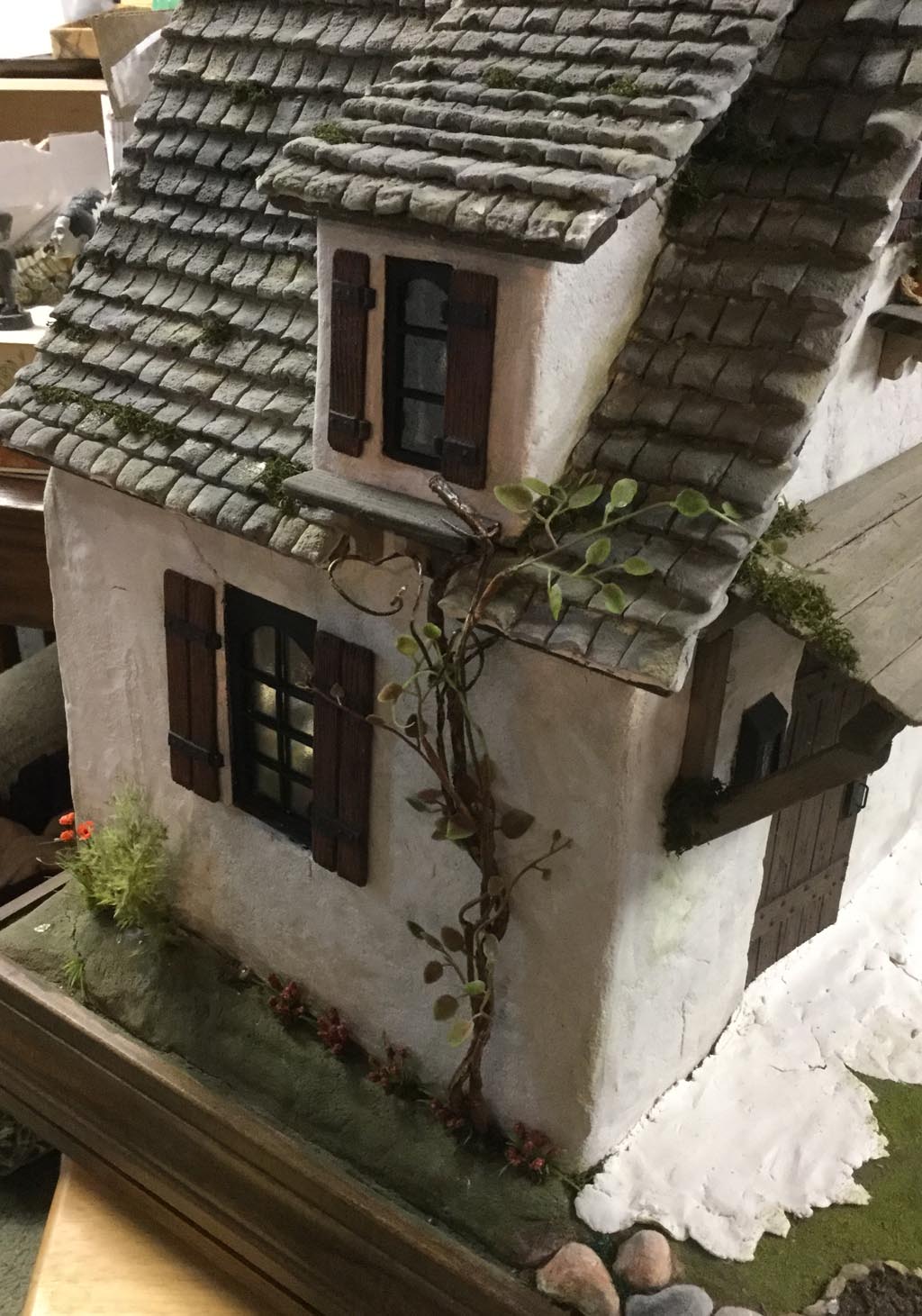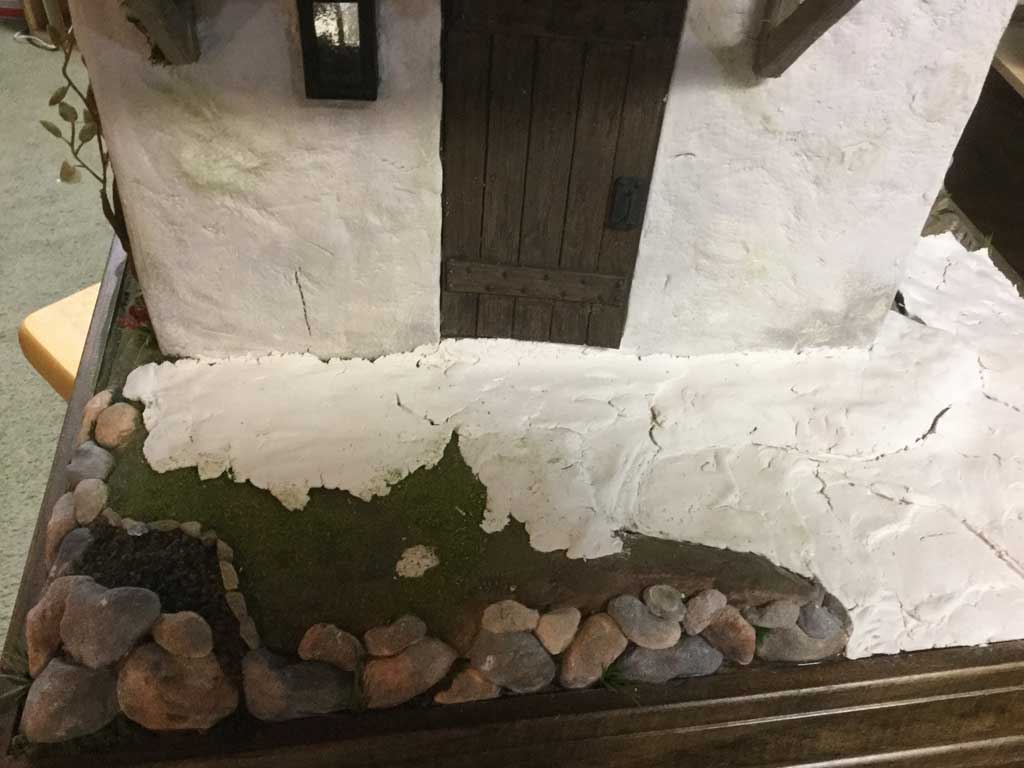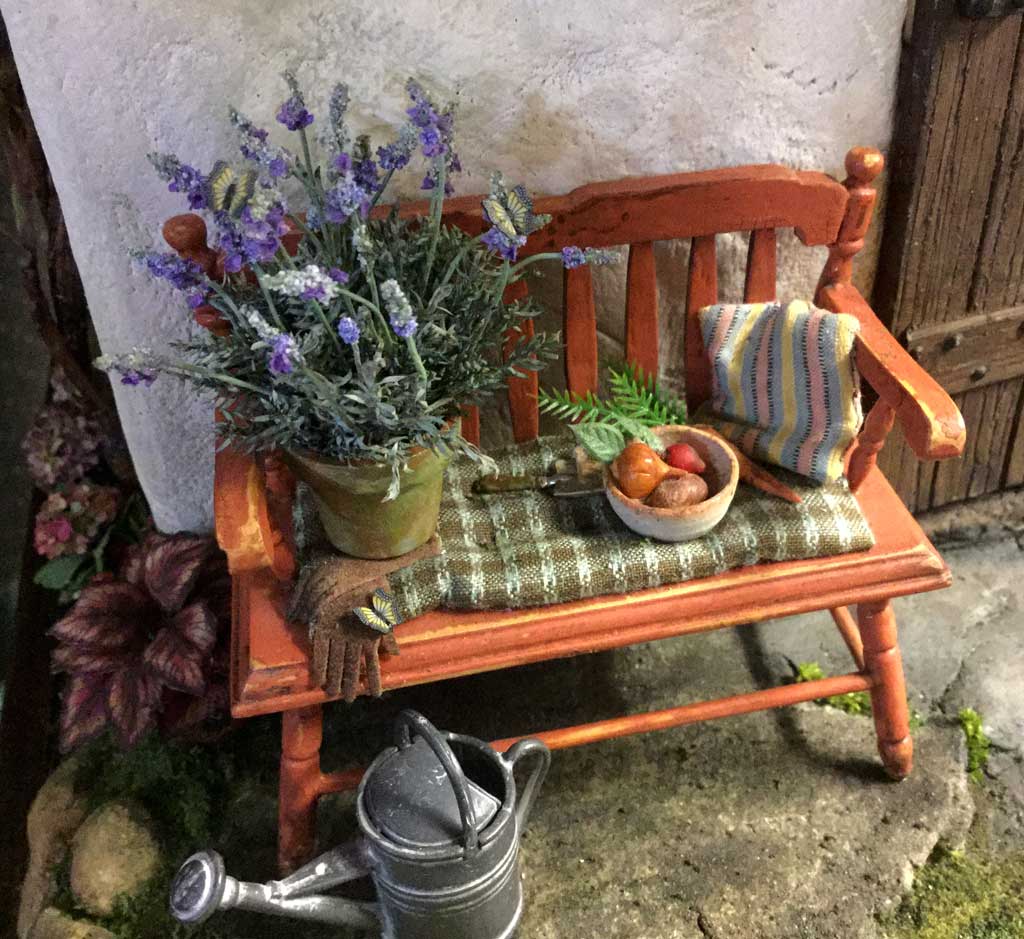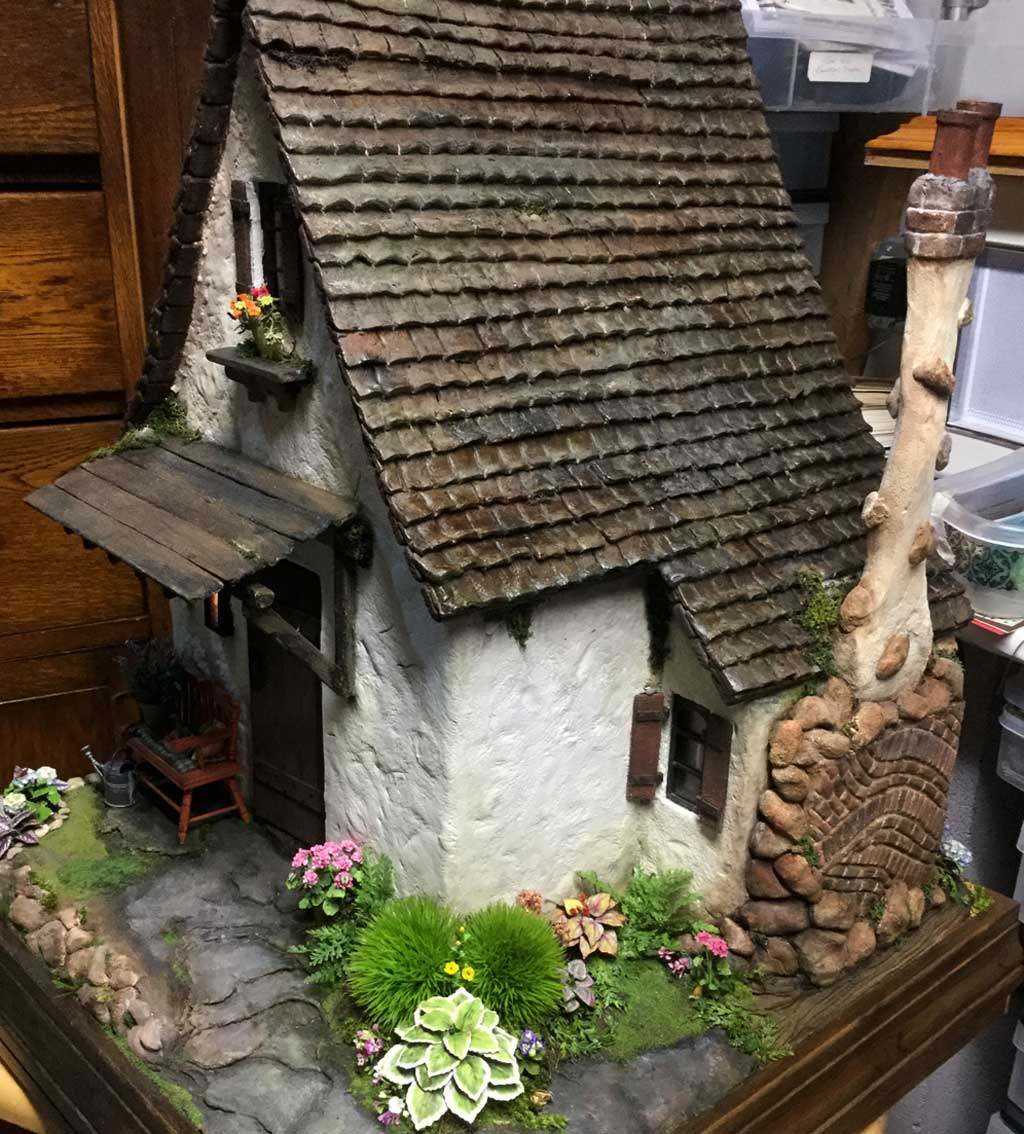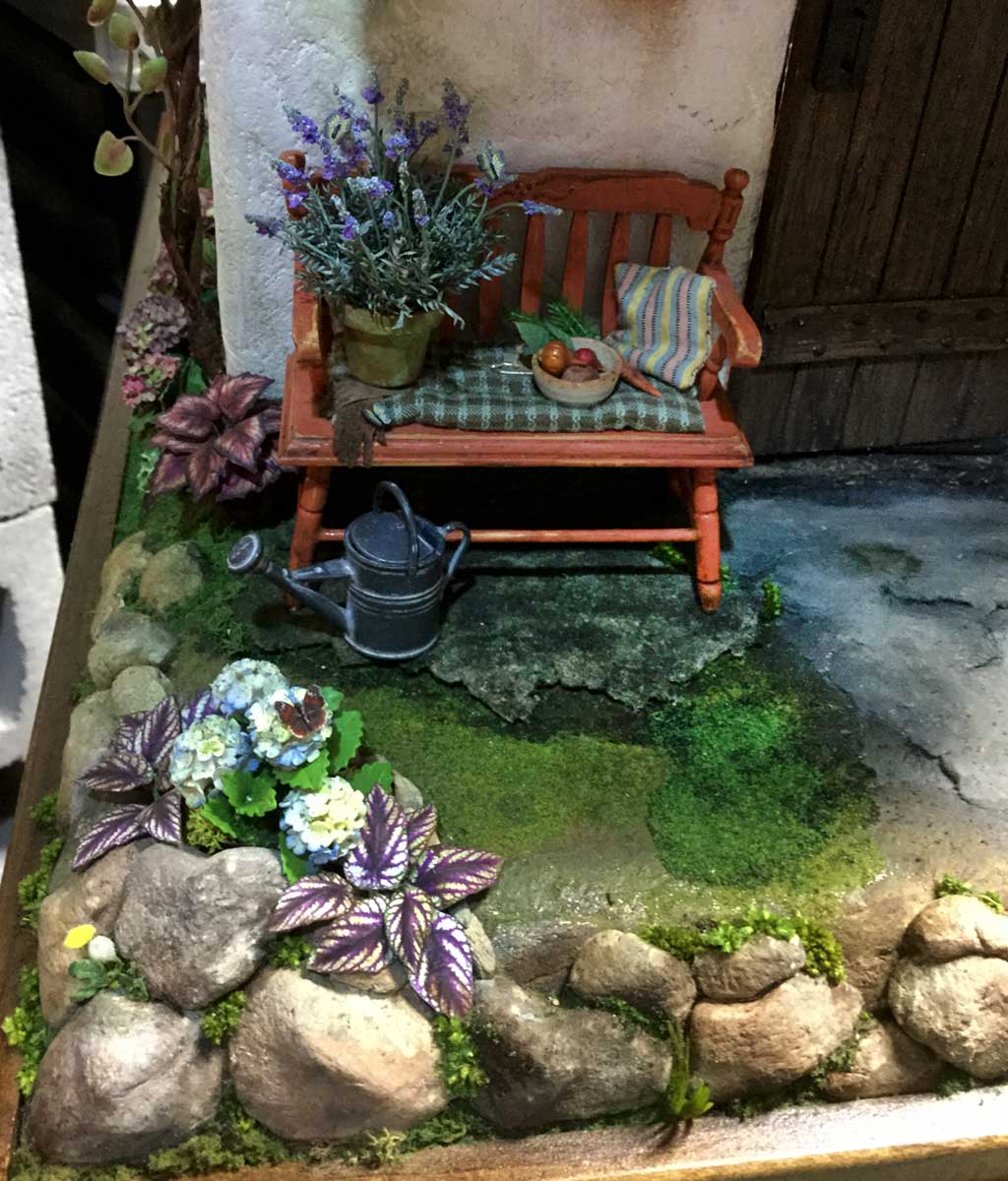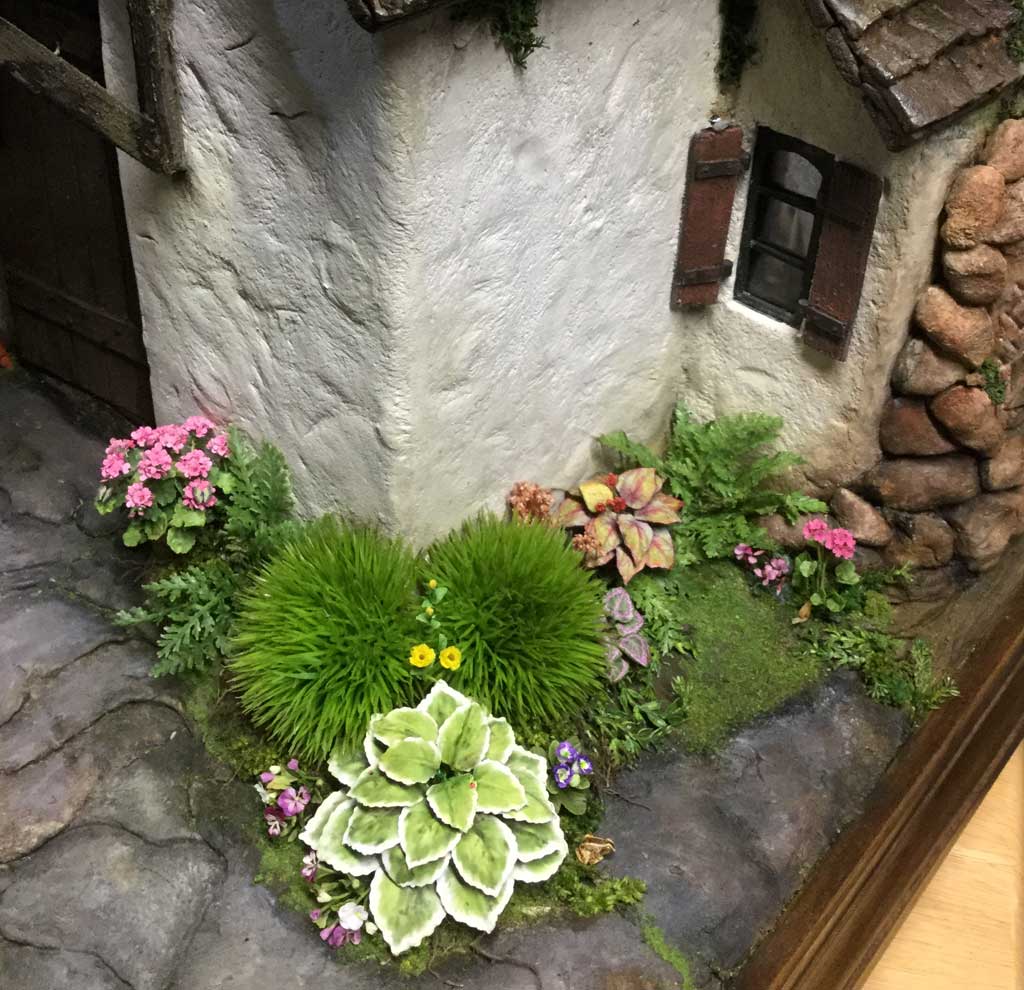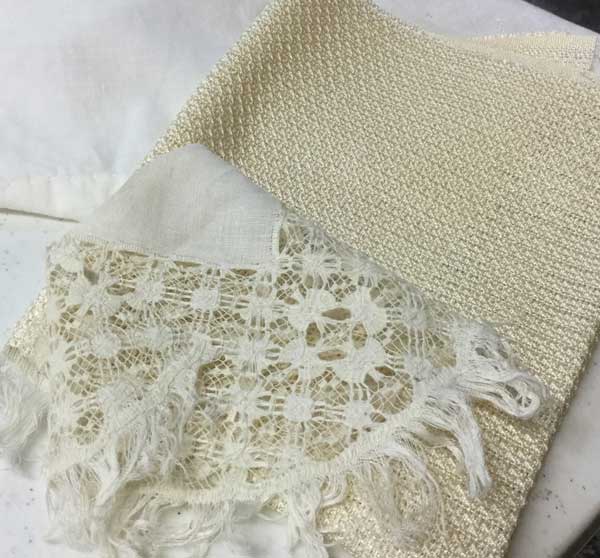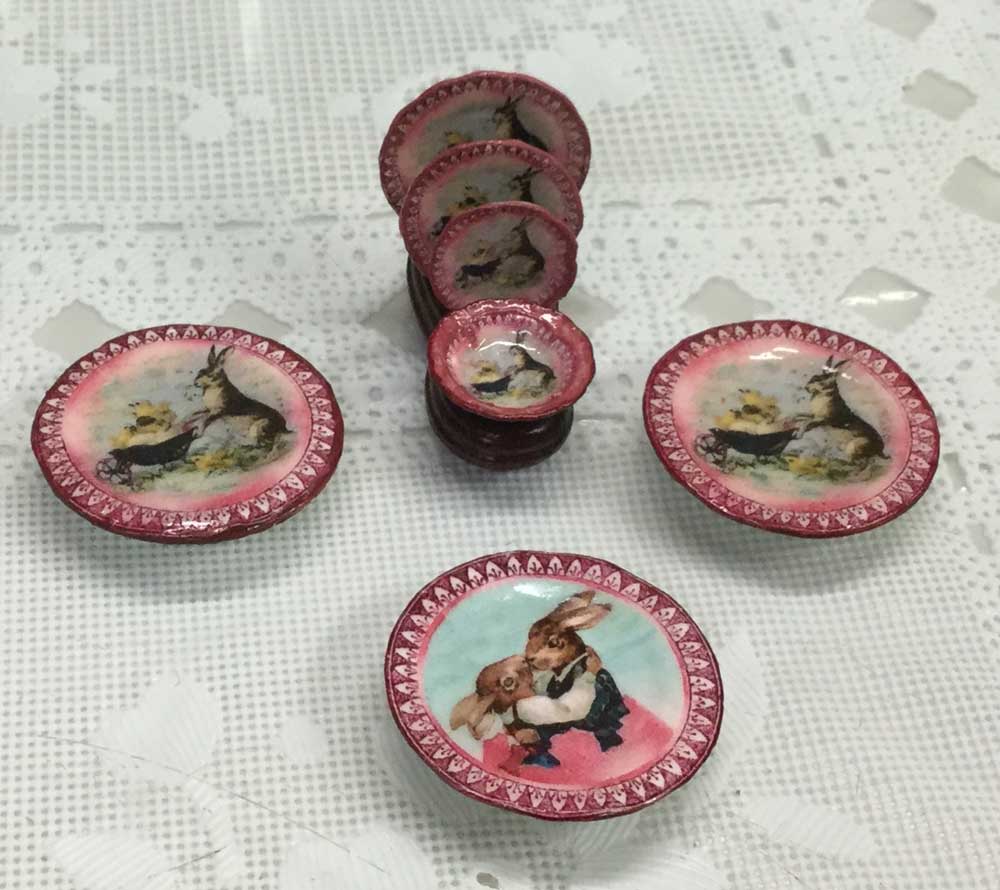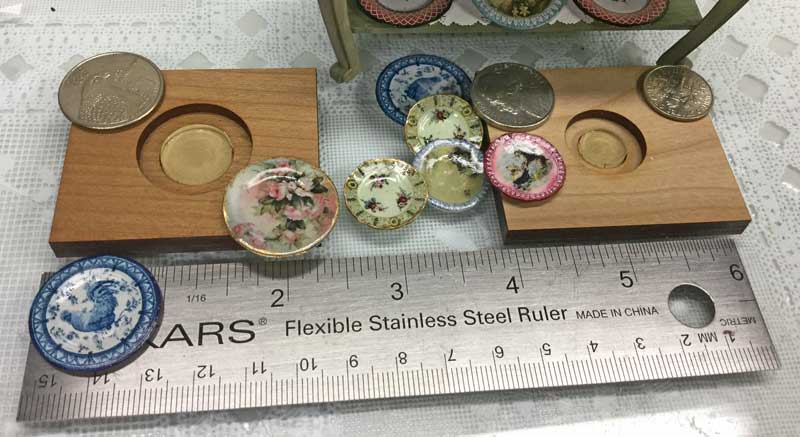It has been a longer pause than I thought for a posting. Finally, the miniature magic has returned after a break doing another interest – hand stitching.
Life can get complicated, as the present situation shows. HOW YOU HANDLE IT is the only part you have control of — SO deep breathes and a time to find some inner calm. Creating something by hand is always a good place to be — YOU are in charge completely and it takes your mind away from the news, etc.. It doesn’t have to be overwhelming.
How often have you said if only I had the time………
So a little mini dabbling may do you some good. I had switched to hand stitching this fall and winter for a change of pace and the ease of stopping and starting multiple times a day. I have longer time periods again and wanted to share a possible project to do at home.
There are 2 requirements………a good printer and fabric sheets to print on.
I have resized and tweaked colors of various Vintage Hankies in Miniature to play with on a pdf file for your use. Enjoy! Please remember this is for your use, not for resale.
A few note for the printing……….. this is the brand I use (there are others). I leave the plastic backing on after printing to cut out the individual hankies. It is a sharper cut with it still in place because the hanky is stiff. After I am done trimming and touching up edges THEN I remove the backing. Fabric sheets are pricey so that is why I filled your sheet so you have a bunch instead of a few per page.

Here is a gathering of various ideas to use them………
My favorite is the boxed hankies…..

Making the narrow rimmed boxes can seem hard but here are the walk thru steps of how to go about it.
Make a 1 inch square of cardstock/mat board. I doubled it for ease of use. The better the squaring, the better the box form as you will see. Using colored cardstock wt paper take an exacto knife to score the fold lines. You may lose a few to get the hang of controlling how deep you cut to score the lines but not cut through entirely. Remember it is only paper so it is not a hard to come by material. Fold on the score lines. Cut and trim to get flaps for the “box”. Glue the flaps in place. Clips are great help if you have some.

Trim the top edge as needed. Put a square of light color paper in the bottom. If the flaps seem to bother you cut a skinny piece to glue over them to hide them. Find some paper with a tiny design to cut a decorative strip for the outer rim of the box or thin washi tape if you have some. Another tip is to color the top edge with a gold stamp pad ink to get rid of the white cut edge of the strip.
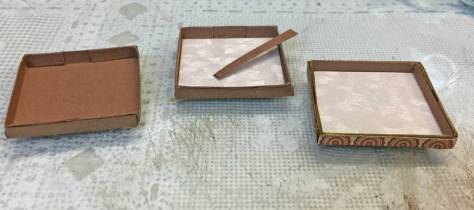


Now it is ready for the hankies!
As I mentioned earlier do not peel off the backing after printing so the hankies are stiffer for cutting out and trimming. Use good scissors for this for the best results. After they are cut out I like to retouch up the edges with color. Use a piece of scrap to test your markers FIRST for color and bleeding! Also, color the edge laying flat on scrap cardstock. You will have better control that way.

This shows the arranged folding for a couple of boxes. Remember you do not want the second layer hankies to lay completely flat or you lose the look. You make need a tiny bit of cardstock filler to get the raised effect. Trim with tiny silk ribbon bows,etc.




Now for draping ………. I used Aleene’s Stiffen Quik. Have your hanky cut out, edges colored if desired and backing removed. Pour out a little stiffing liquid in a small bowl. Dip the hanky in it and cover complete it. Remove it and dab off the excess on a paper towel. Now use a pincushion to drape and mold the shape you want. I did not pin through the hanky but around and over the top of the hanky to shape it. Let it dry and you will be amazed how cool they look when unpinned later.


Hopefully, you will find this fun and entertaining.
Just remember to put a timer on the phone so you do not forget the pot on the stove if you get into playing around — but that is another story……..




